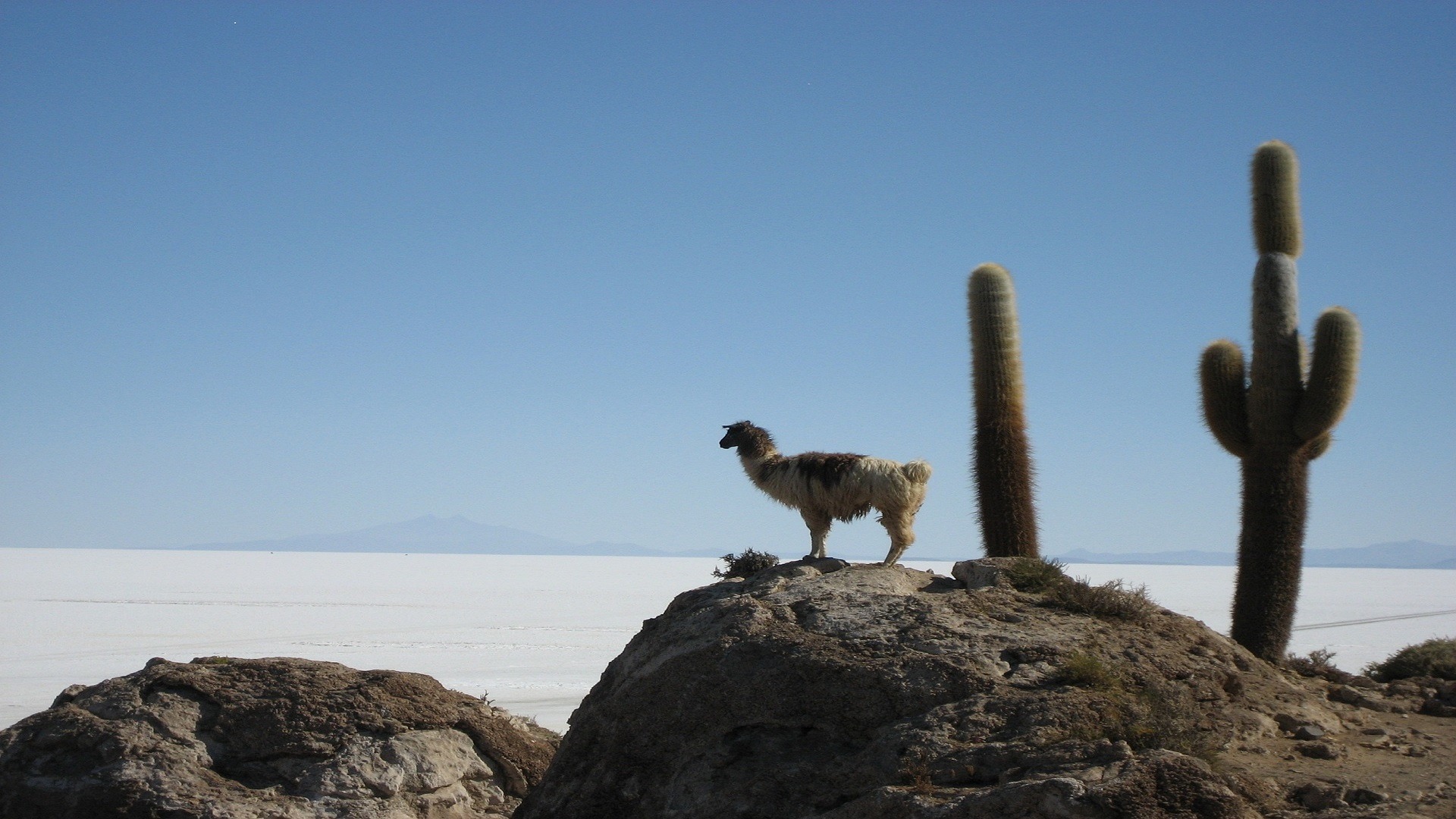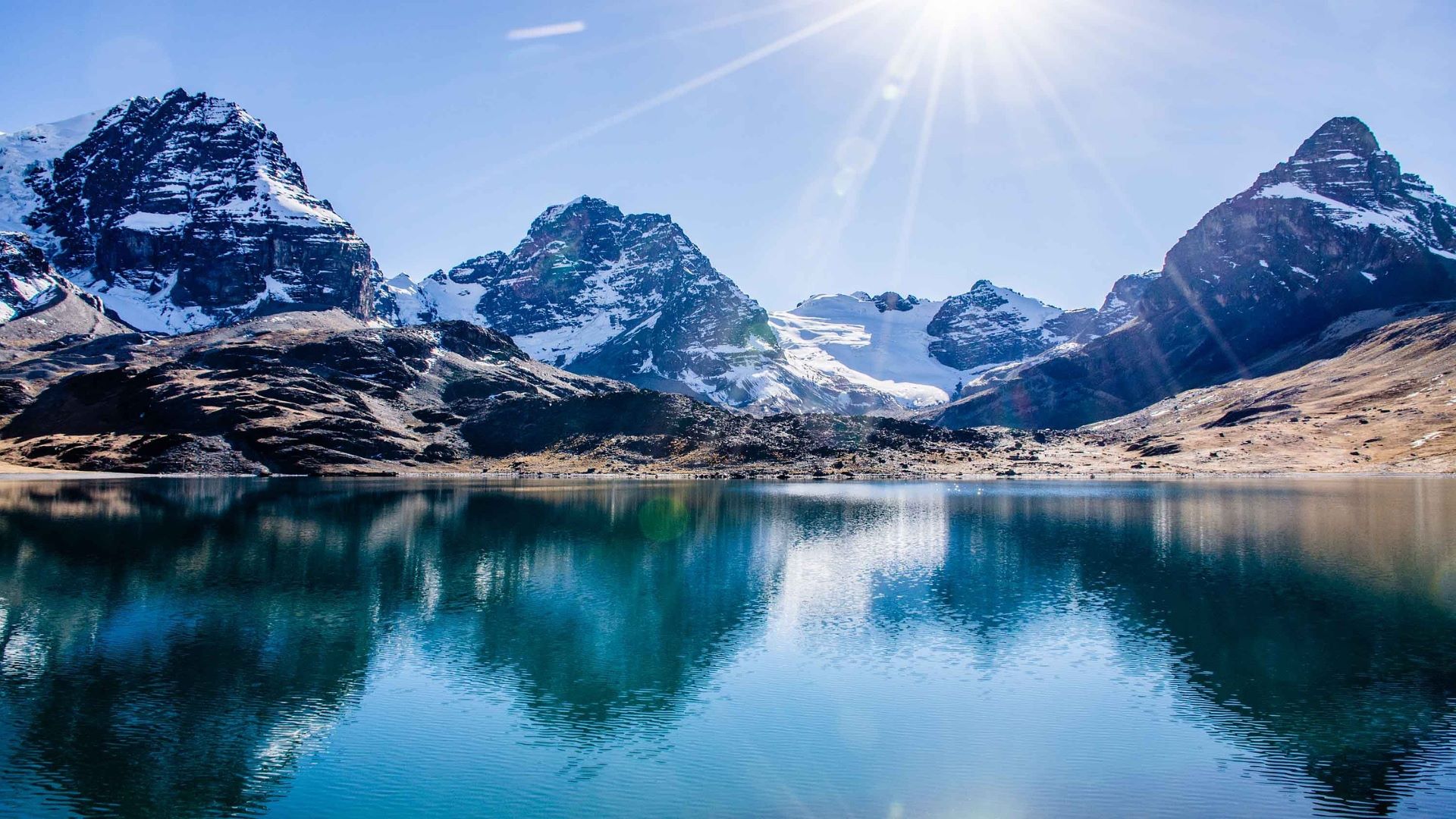Bolivia
Bolivia, a hidden gem in South America, boasts a diverse landscape encompassing lush Amazon jungles, vast salt flats, and towering Andean peaks. Unlike its more popular neighbors, Argentina, Brazil, and Chile, Bolivia is a quieter destination, allowing travelers to relish breathtaking views without overwhelming crowds. This lack of mass tourism creates opportunities for authentic and unforgettable experiences, such as the thrilling bike ride on the Death Road and the mystical tradition of sipping from the Fountain of Youth at Lake Titicaca. Bolivia's allure lies in its authenticity and adventurous spirit, preserving its unique charm and providing travelers with a genuinely captivating journey. The country's varied landscapes, ranging from the majestic Andes Mountains to the vast salt flats, lush rainforests, serene lakes, and vibrant highland villages, offer abundant opportunities for exploration and adventure. On your Bolivia travel, visit its most renowned attractions is the Salar de Uyuni, the world's largest salt flat, situated in the southwest. This ethereal expanse extends as far as the eye can see, creating a surreal experience that photographers find irresistible. For an even more surreal experience of the Salar de Uyuni, consider planning your visit during the rainy season, which occurs from November to April. While occasional rain may be present during this period, it also brings forth the renowned mirror effect on the salt flats, creating a truly unique and unforgettable sight. Bolivia's indigenous culture is deeply ingrained in its past and forms a significant part of its identity. Vibrant traditions, colorful markets, and lively festivals breathe life into the country's cities and towns, showcasing the richness of its cultural heritage. La Paz, the administrative capital of Bolivia, exudes a captivating cultural charm. Nestled within the Andes Mountains, it stands as one of the world's highest capital cities. Exploring the Witches' Market on your Bolivia travel offers visitors a glimpse into its mystical traditions, with stalls selling traditional herbal remedies and talismans. The city's architectural landmarks, including the San Francisco Church and the Presidential Palace, exemplify the harmonious blend of Spanish and indigenous influences. Sucre, designated as a UNESCO World Heritage Site and the constitutional capital of Bolivia, is another must-visit destination. This city boasts well-preserved colonial architecture and houses several museums that vividly portray the country's history, art, and culture. Bolivia tours provide a one-of-a-kind fusion of adventure, history, and cultural immersion. Whether you're a thrill-seeker or a history enthusiast, Bolivia caters to diverse interests. For those seeking adventure, the Bolivian Amazon rainforest is an irresistible call, boasting untamed wilderness and exceptional biodiversity. Embarking on a guided tour on Bolivia travel through this dense rainforest allows travelers to encounter a wide array of wildlife, explore ancient ruins, and gain insights into the time-honored practices of indigenous tribes. Adventurous individuals can also embark on a challenging hike up Huayna Potosi, one of Bolivia's most renowned mountains. Towering impressively to a height of over 6,000 meters, this snow-capped peak promises an exhilarating climbing experience for mountaineers. For a fascinating glimpse into Bolivia's ancient history, a visit to the archaeological site of Tiwanaku is essential. Situated near Lake Titicaca, Tiwanaku was once a pre-Columbian city and ranks among the most significant archaeological sites in South America. The intricate stone carvings and grand stone structures serve as a testament to the advanced civilization that once flourished in this region. To optimize your Bolivia trip, consider choosing Bolivia tour packages. These thoughtfully designed packages offer well-structured itineraries that encompass the country's top attractions, ensuring a seamless and enjoyable journey. Many tour packages include a visit to Lake Titicaca, the world's highest navigable lake, shared between Bolivia and Peru. Travelers can immerse themselves in the enchanting experience of exploring the Uros Floating Islands, marveling at the lake's tranquil beauty, and engaging with the indigenous communities residing along its shores. Additionally, the Uyuni Salt Flat is a prominent highlight of Bolivia tour package. Apart from witnessing the mesmerizing vastness of the salt flats, travelers have the opportunity to visit the captivating Isla Incahuasi, an island adorned with giant cacti. Furthermore, stargazing in the clear skies of the Altiplano, a high plateau region in the Andes, adds a magical touch to the journey. In conclusion, Bolivia's appeal as a tourist destination lies in its abundant cultural heritage, diverse landscapes, and outstanding adventure opportunities. So prepare for an extraordinary adventure, and let Bolivia enchant you with its wonders
More +La Paz And Uyuni Escape
5 Days | From $1349
Bolivia
Escape to Bolivia
10 Days | From $1899
Bolivia
Bolivia Explorer
7 Days | From $2049
Bolivia

